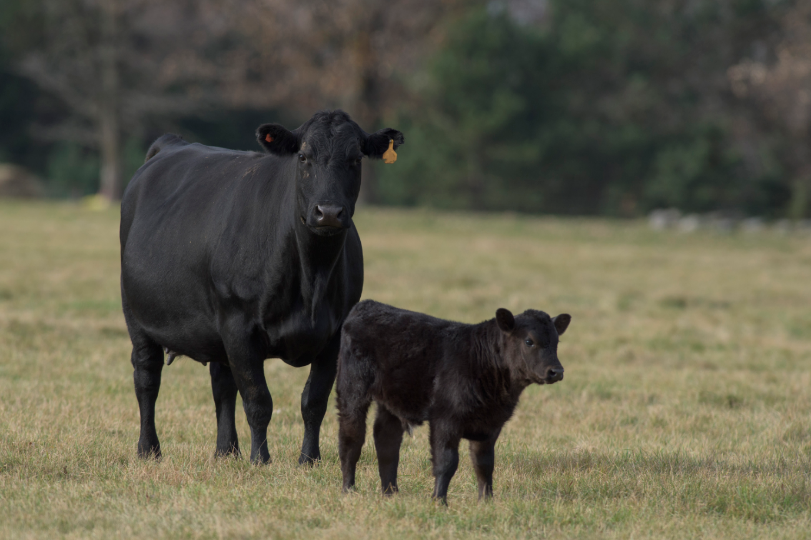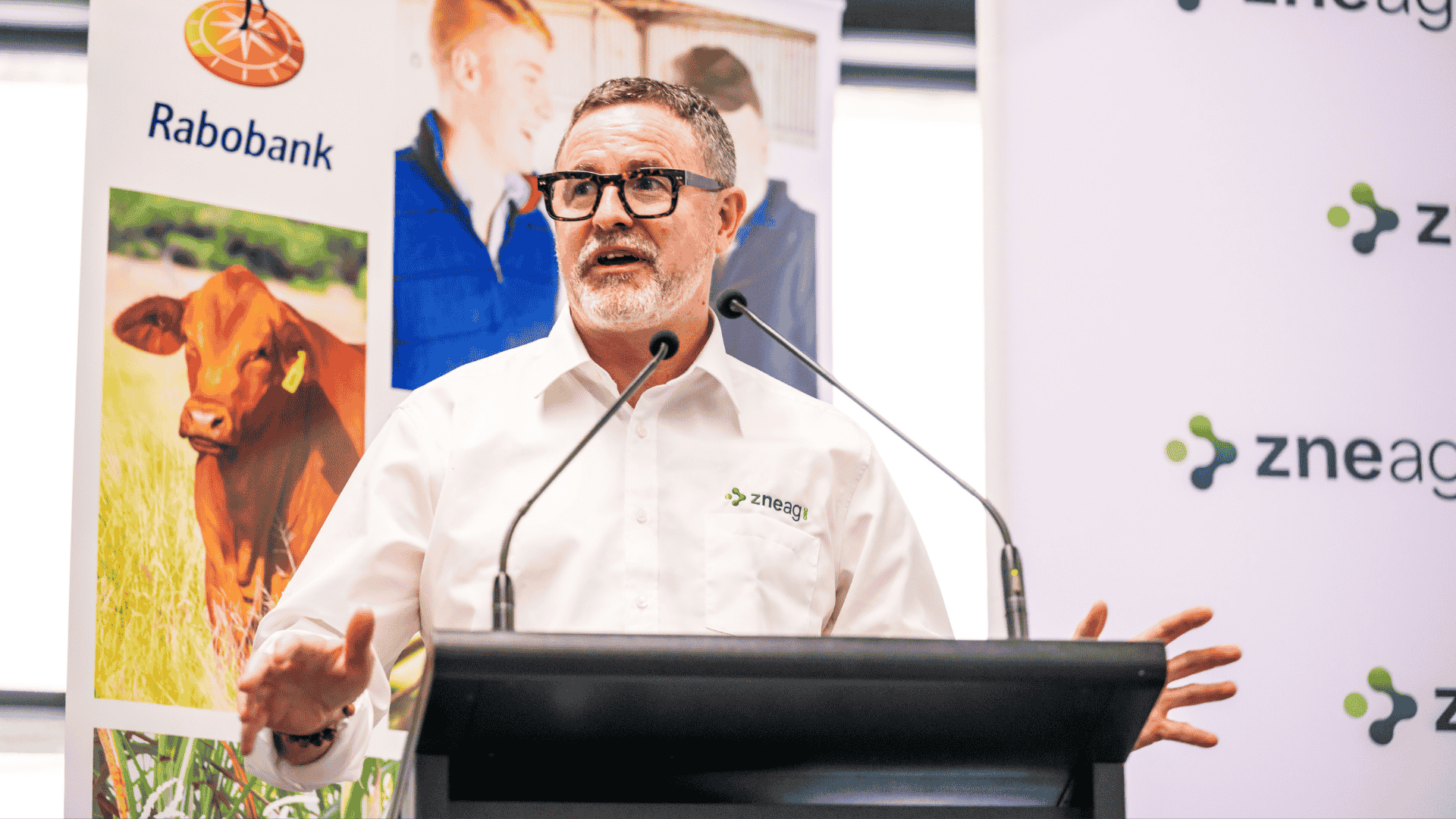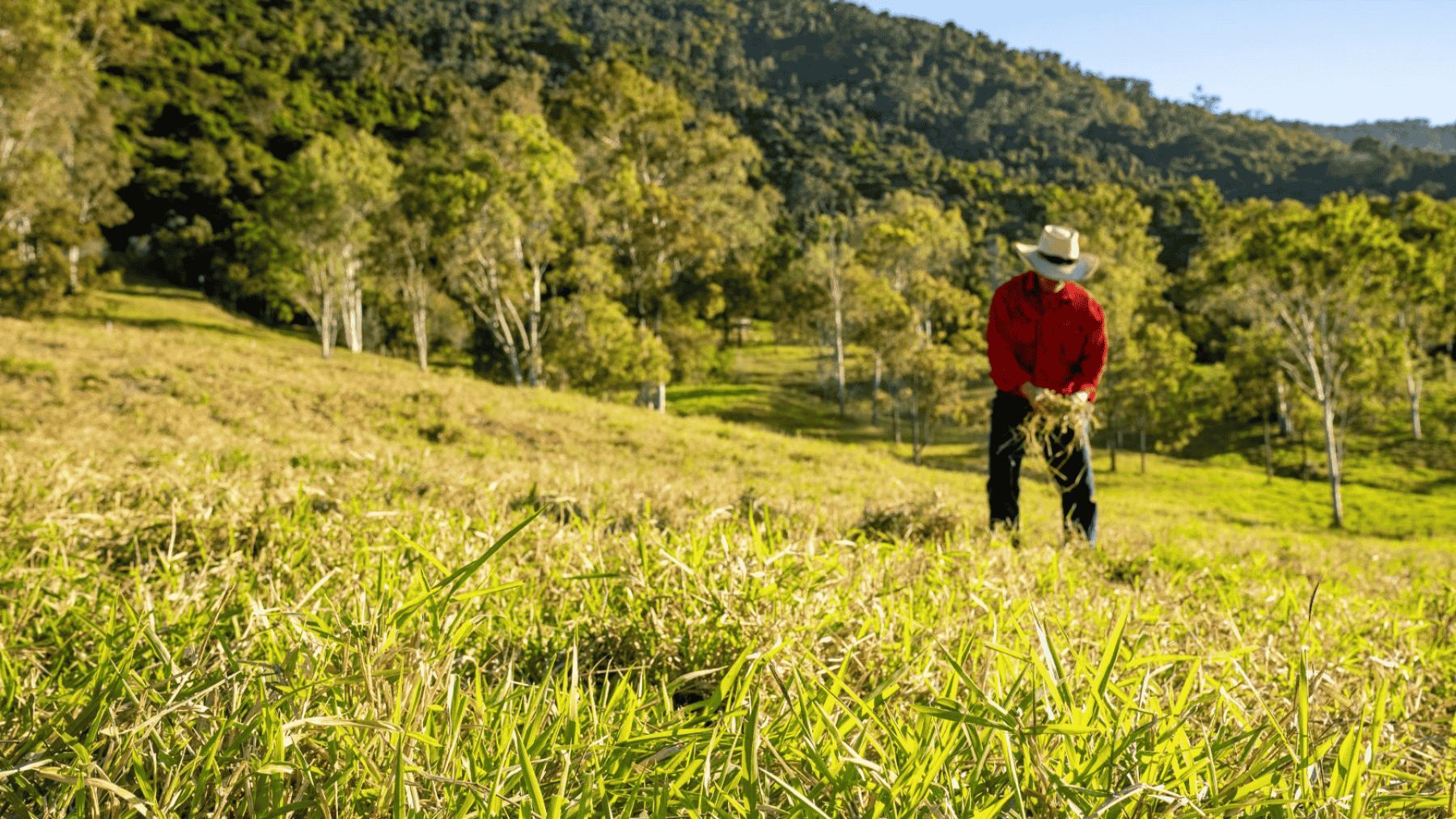Pathways to zero: What’s working on farm right now
The Zero Net Emissions Agriculture Cooperative Research Centre's Pathways to Zero Net Emissions annual conference in Brisbane brought together...
2 min read
Advertorial : Aug 12, 2024

Pestivirus, also known as Bovine Viral Diarrhoea Virus (BVDV), is a significant challenge for the Australian cattle industry, affecting both beef and dairy sectors.
Pestivirus profoundly affects cattle reproductive performance. When a susceptible cow is infected during pregnancy, it can cause embryonic death, abortions, stillbirths, birth defects, weak calves and the birth of Persistently Infected (PI) calves. PIs which continuously shed the virus, are particularly problematic as they perpetuate the infection cycle. PI cattle serve as a constant source of infection, shedding large amounts of the virus through bodily fluids such as saliva, nasal discharge, urine, and faeces. This constant viral shedding makes it easy for the virus to spread to other susceptible cattle in the herd through direct contact or contaminated environments.
In northern Australia, pestivirus has been shown to reduce pregnancy rates by 23% and increase calf loss by 9% in herds/mobs with high infection rates. In another study, running PIs with naïve heifers prior to artificial insemination reduced conception rates by 45%.
Beyond reproductive issues, pestivirus significantly suppresses the immune system. Transiently infected (TI) animals, especially calves, are more susceptible to diseases like pneumonia and scours. This leads to higher morbidity, mortality, treatment costs, and slower growth rates. In dairy calf sheds, the presence of PI calves has been shown to increase the risk of scours by 6.4 times and the risk of mortality under two days of age by 3.4 times. In feedlots, infected cattle are 70% more likely to develop Bovine Respiratory Disease (BRD), driving up antibiotic use and costs.
The economic cost of pestivirus in Australia is substantial. A 2015 report by Meat and Livestock Australia (MLA) estimated the annual cost of the virus at $114 million, second only to cattle tick. This figure likely underestimates the true cost, as it does not account for increased disease pressure occurring from immune suppression or the broader impacts on herd productivity from disrupted calving patterns.
Vaccination with Pestigard is an effective strategy to manage pestivirus. A recent study showed that vaccination can improve pregnancy rates by 5%, reduce abortion rates by 40%, and decrease foetal infection rates by 80%.
For a hypothetical farmer with 100 cows and 20 replacement heifers, the vaccination costs at say $6 per dose would be:
Annual vaccination cost for 100 cows: $600
Initial two doses for 20 replacement heifers: $240
Total annual vaccination cost excluding labour: $840
To cover the vaccination cost, farmers need just one additional calf to make it to market in two of three years. Beyond this breakeven point, driving better reproductive performance is one of the key factors of productivity and profitability on farm, making pestivirus vaccination a sound investment.
Incorporating Pestigard® into a producer’s annual vaccination schedule offers a compelling economic benefit. The reduction in reproductive losses and the improvement in overall herd health and productivity justify the cost of vaccination. By preventing the spread of pestivirus, farmers can safeguard their herds and ensure sustained profitability.
Pestigard is a simple and effective means of controlling the disease. Start vaccinating your heifers now to make sure they have had two doses prior to spring joining. The initial vaccination schedule involves two doses given four weeks to six months apart, making this a very flexible vaccination schedule on farm.
Posts By Tag

The Zero Net Emissions Agriculture Cooperative Research Centre's Pathways to Zero Net Emissions annual conference in Brisbane brought together...

Nbryo has released a new embryo multiplication technology, saying that genetic gain via assisted bovine reproduction is now easier and more cost...

As the livestock sector accelerates efforts to reduce emissions, Zero Net Emissions Agriculture CRC is spotlighting one of the most practical and...